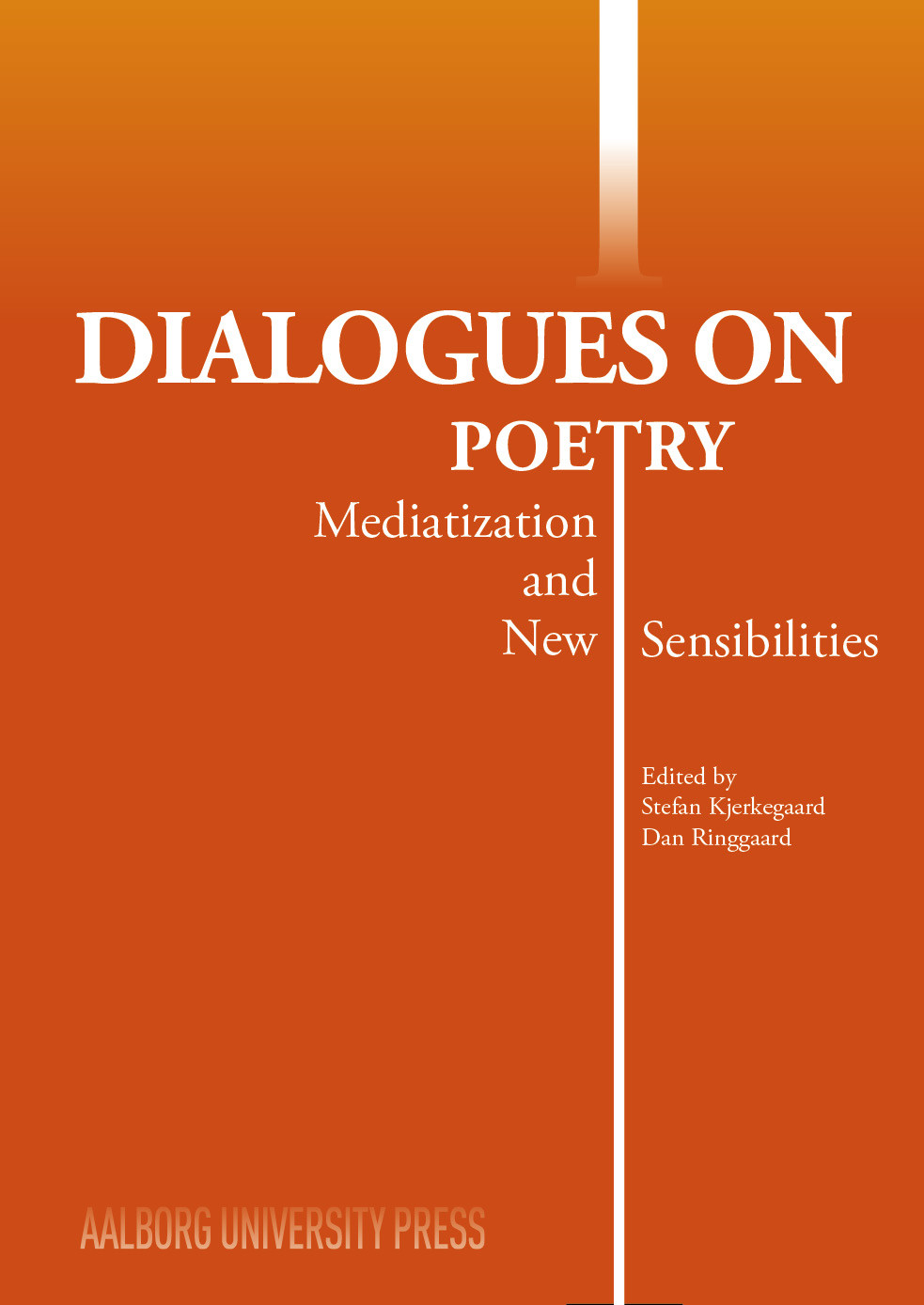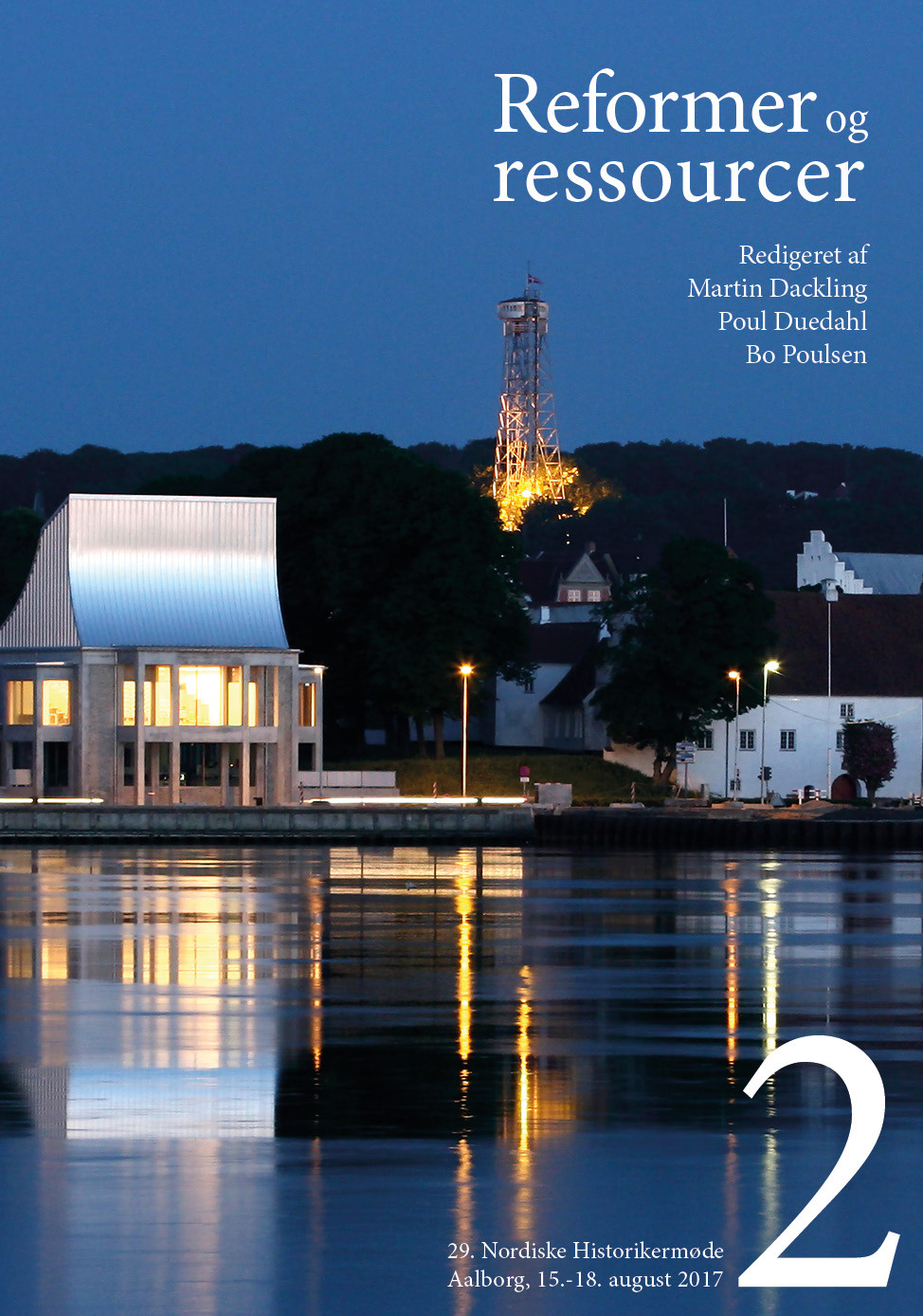Rhythms now
Henri Lefebvre’s Rhythmanalysis Revisited
Af redaktør steen ledet christiansen , mirjam gebauer
En del af serien Interdisciplinære Kulturstudier
Rhythms abound today, in a time where all manner of rhythms intersect and amplify each other. Rhythmanalysis enables us to discuss lived experience, both in terms of the constraints of contemporary society, but also the affordances (social, technological, cultural) that we all have access to, in different ways. By focusing on rhythms, we recognize how multiple, different forms inform both our experience but also culture and society as a whole. Rhythmanalysis allows for close attention to the particularities of each rhythm, while also recognizing the combined effect. In this way, rhythmanalysis can be seen as an productive supplement of constructivist thought, thus illuminating critical theory, poststructuralism, and most other branches of cultural theory.
Revisiting, discussing and revising Henry Lefebvre’s rhythmanalysis, this volume thus contributes to rhythmanalysis by outlining a methodology for others to adapt, while at the same time providing specific instances of how rhythmanalysis can work as an analytic tool, but also shows how rhythms manifest in a multitude of ways.
-
Rhythms abound today, in a time where all manner of rhythms intersect and amplify each other. Rhythmanalysis enables us to discuss lived experience, both in terms of the constraints of contemporary society, but also the affordances (social, technological, cultural) that we all have access to, in different ways. By focusing on rhythms, we recognize how multiple, different forms inform both our experience but also culture and society as a whole. Rhythmanalysis allows for close attention to the particularities of each rhythm, while also recognizing the combined effect. In this way, rhythmanalysis can be seen as an productive supplement of constructivist thought, thus illuminating critical theory, poststructuralism, and most other branches of cultural theory.
Revisiting, discussing and revising Henry Lefebvre’s rhythmanalysis, this volume thus contributes to rhythmanalysis by outlining a methodology for others to adapt, while at the same time providing specific instances of how rhythmanalysis can work as an analytic tool, but also shows how rhythms manifest in a multitude of ways.
-
Antal sider
188
isbn
978-87-7210-022-7
issn
1904-898X
Udgave
1. edition
Udgivelsesår
2019
-
Filnavn Download




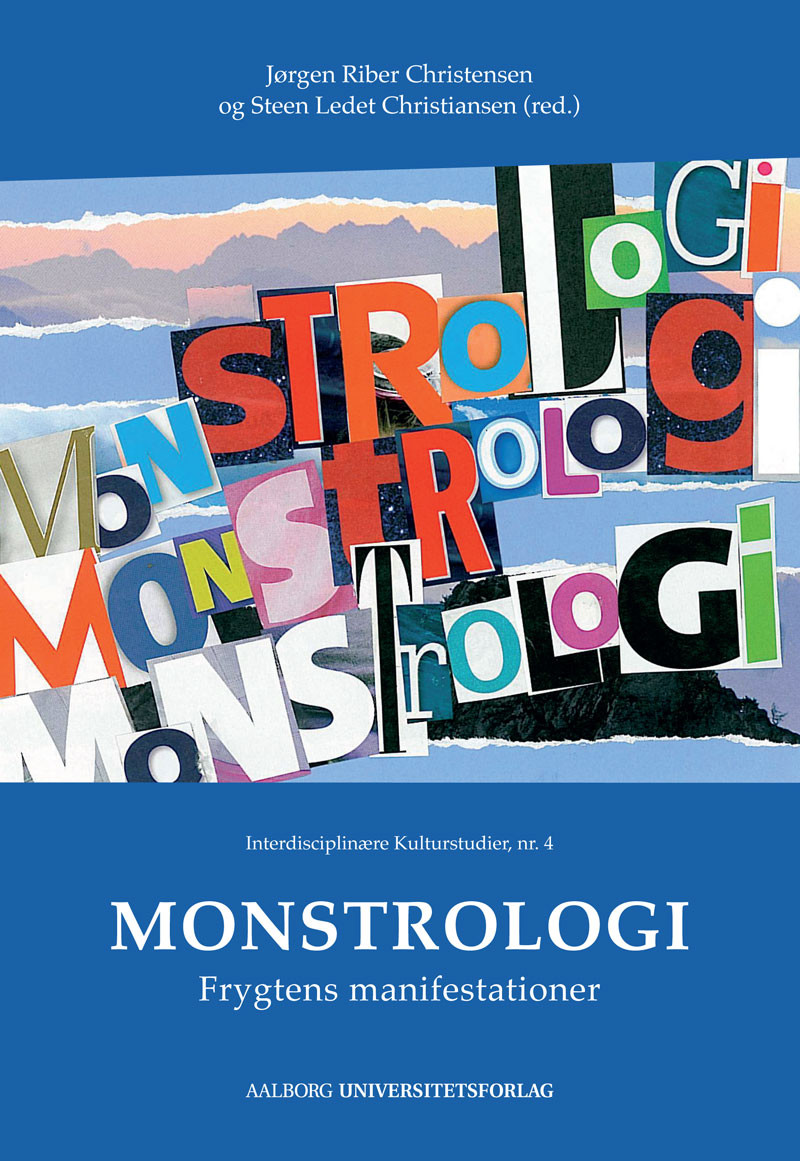
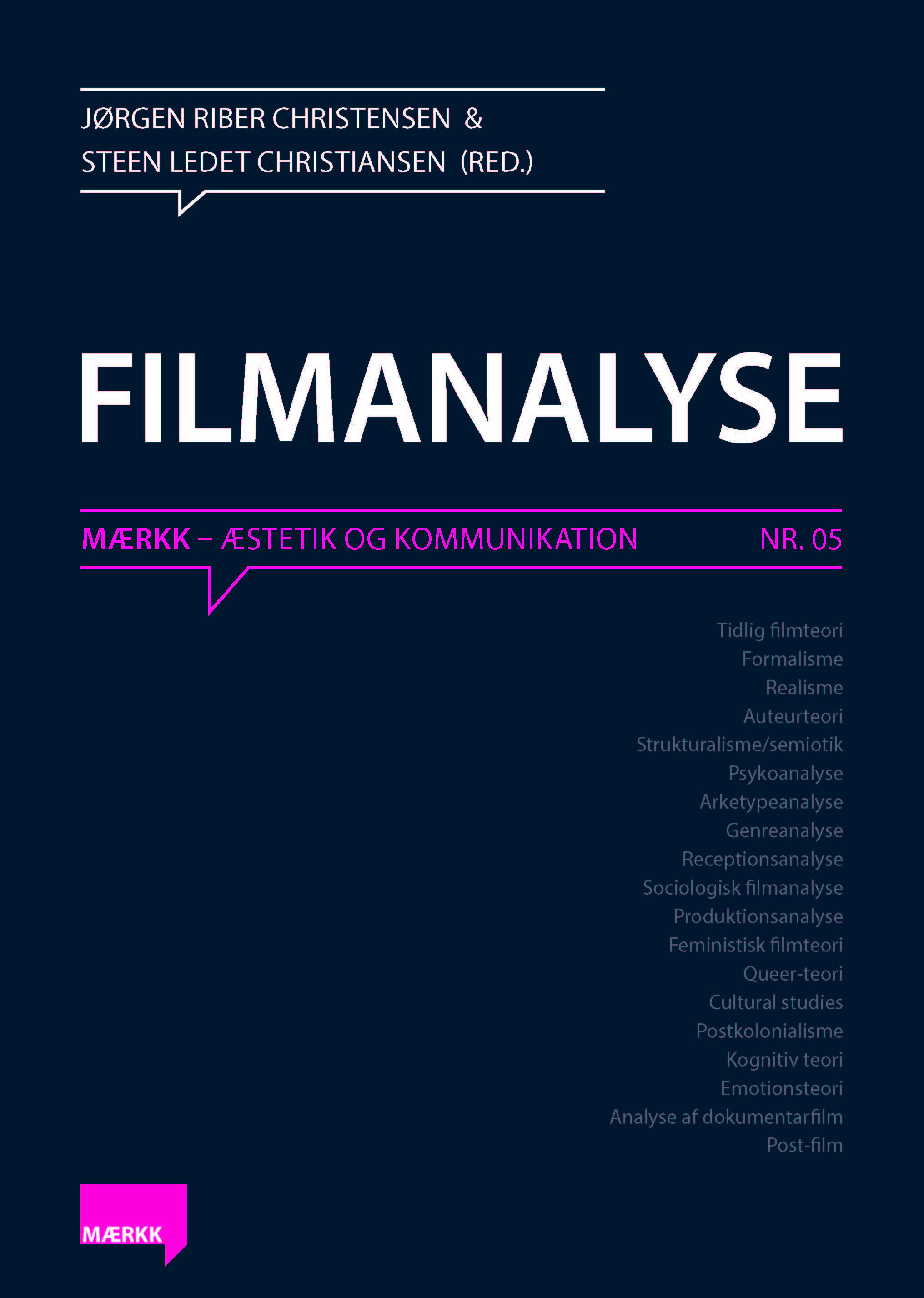
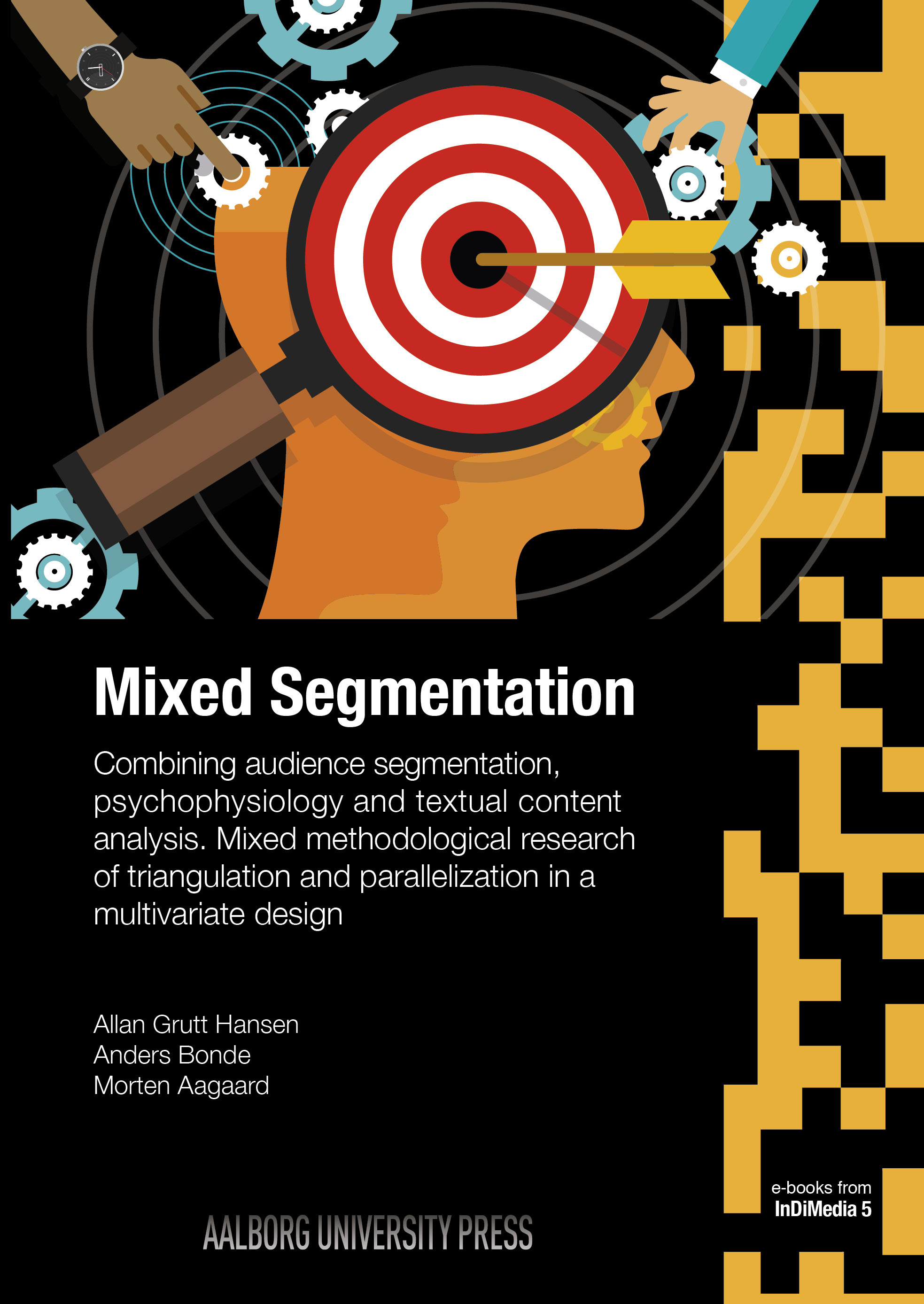












-public.jpg)


